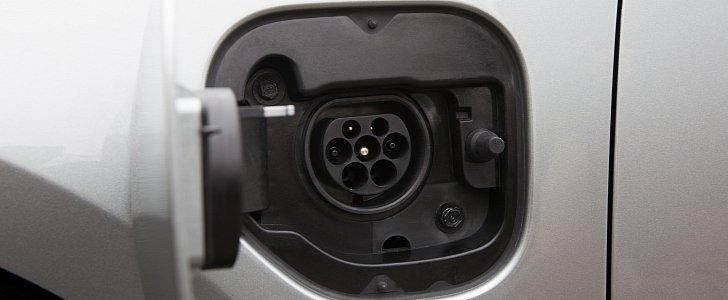Electric and hybrid cars are not as eco-friendly as you would expect, a recent study says. According to Scottish scientists, these vehicles are just as bad for the environment not because of their batteries or the place where they get electricity from, but because of tires and brakes.
According to Peter Achten and Victor Timmers, both from Edinburgh University, the extra weight of batteries make eco-friendly cars more damaging to the environment, because they end up producing more particulates.
As the study explains, these vehicles are often much heavier than their conventionally powered equivalents, and the extra weight increases tire and brake wear. With every acceleration and braking phase, these cars suffer accelerated wear on brakes and tires, which leads to specific particulates.
Furthermore, their increased weight also damages the roads more than lighter vehicles, and the road surface apparently sheds some particles on its own because of this.
The results of the research carried out by the two Scottish scientists were published in a journal called Atmospheric Environment. The researchers discovered that non-exhaust particulates that come from brakes, tires, and the road are larger in size than their tailpipe equivalents.
They claim these non-tailpipe particulates are more hazardous to humans than conventional ones because they are more likely to cause asthma attacks and increase the probability of heart attacks or strokes.
At this point, any reasonable person would think that regular vehicles do similar damage as hybrids and electric vehicles to the environment. And they would be right, because conventional propulsion solutions will also bring tailpipe particulates and other emissions from the combustion process.
As The Times notes, the particles generated from tire wear, brake wear, and road damage end up being more dangerous to humans because of their size. The study says that these particulate emissions are “roughly equal” to the ones saved from reduced engine use.
However, they might increase the likelihood of certain diseases in humans, instead of damaging the ozone layer. So, which one is worse? Cancer and increased chance of stroke and heart disease or ozone damage? Tough call.
As the study explains, these vehicles are often much heavier than their conventionally powered equivalents, and the extra weight increases tire and brake wear. With every acceleration and braking phase, these cars suffer accelerated wear on brakes and tires, which leads to specific particulates.
Furthermore, their increased weight also damages the roads more than lighter vehicles, and the road surface apparently sheds some particles on its own because of this.
The results of the research carried out by the two Scottish scientists were published in a journal called Atmospheric Environment. The researchers discovered that non-exhaust particulates that come from brakes, tires, and the road are larger in size than their tailpipe equivalents.
They claim these non-tailpipe particulates are more hazardous to humans than conventional ones because they are more likely to cause asthma attacks and increase the probability of heart attacks or strokes.
At this point, any reasonable person would think that regular vehicles do similar damage as hybrids and electric vehicles to the environment. And they would be right, because conventional propulsion solutions will also bring tailpipe particulates and other emissions from the combustion process.
As The Times notes, the particles generated from tire wear, brake wear, and road damage end up being more dangerous to humans because of their size. The study says that these particulate emissions are “roughly equal” to the ones saved from reduced engine use.
However, they might increase the likelihood of certain diseases in humans, instead of damaging the ozone layer. So, which one is worse? Cancer and increased chance of stroke and heart disease or ozone damage? Tough call.

